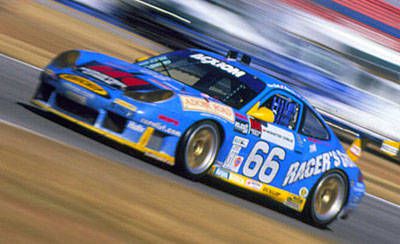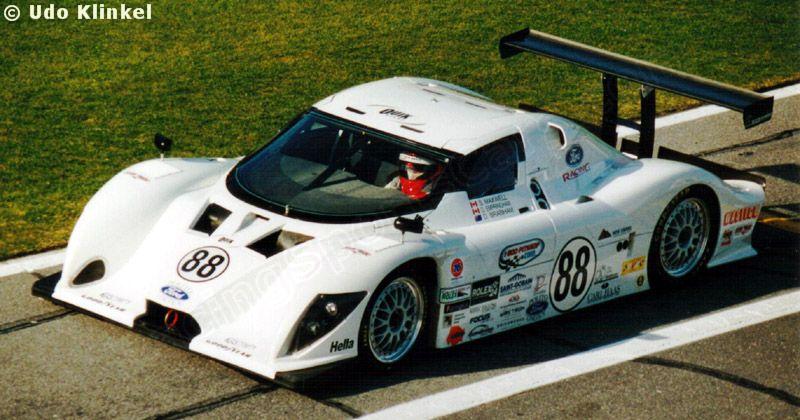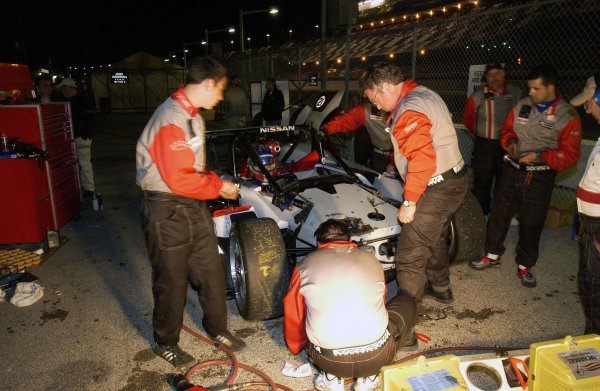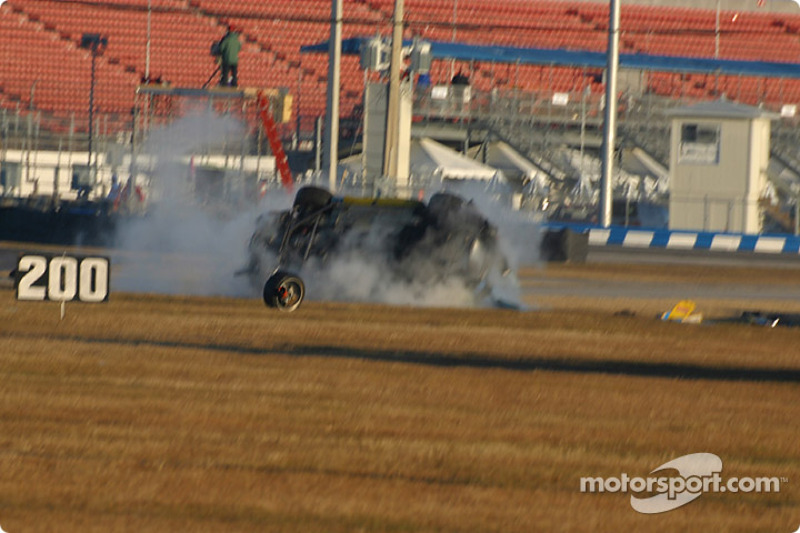Endurance races are exactly what they entail: endurances. They are made to be extremely long events that test drivers’ skill, patience, and stamina, along with cars’ speed and durability. The longest endurance race as of today is the Maxi Endurance 32 Hours at the Algarve circuit in Portugal, but it isn’t the longest endurance circuit race.
In 1931, the Liège – Rome – Liège was held for the first time. A road race from Belgium to Italy and back, this was a fairly standard road race from point to point. It usually started around 11pm on a Wednesday and the cars arrived back around 4pm on Sunday. The race was not held in 1936 due to a contestation of when to hold it, and was also not held between 1940 and 1949 for obvious reasons. It was a pretty average endurance race, there wasn’t much to it, it was another interesting challenge for drivers. Winners included Johnny Claes and Olivier Gendebien,
In 1961, the race’s destination moved from Rome to Sofia, the capital of Bulgaria, however the race was still out of and to Liège. This didn’t last much longer, however, as the race was going to move to a more permanent circuit. There was little particular reason behind the move, it was simply time to move on, and move on they did – to the Nordschleife at the Nurburgring – in 1965.
The 1965 race was an interesting one, lasting 82 hours, but the grid was surprisingly small. Despite being an endurance race and despite the old road races usually having massive grids, sometimes into the low hundreds, the 1965 Marathon De La Route only garnered 35 starters. The race was conducted with a little help from the Belgian military, who helped out with medical. The race itself was pretty quiet, won by Henri Greder and Johnny Rives in a Mustang. Rainer Ising and Bernd Degner were the GT class winners, in a Porsche. Their major competitor for said class fell out of the race due to a busted rear axle with less than an hour to go.
The race itself had some very strange rules. To be classified, teams had to complete the same amount of laps in the last twelve hours as they had in the first twelve. Also, the 14-mile course had to be lapped in 30 minutes in the first four hours, and 24 minutes in the proceeding hours. Refueling was done in a separate spot just before the pit lane proper, and tire changes were done in the pit lane. Most bizarrely, if a driver came across a part in the road, they were permitted to pull to the side, get out their tools from the toolbox each team carried, and use it to repair their car. Drivers could also do said repairs in an area a little beyond the pit lane, where they could receive verbal assistance from one of their crewmen (only verbal assistance though). Lastly, they could always just bring the part back to the pit lane and do repairs there, however any pit stops that lasted more than a minute would cause the team to lose a lap, though compared to the 1965 winner’s lap count of 310, one lap wasn’t an incredible amount. Additionally, every 75 laps, teams were given a five-lap window during which they could do up to 20 minutes worth of repairs in the pits without a penalty. Teams would be parked if they were stationary for more than 20 minutes in the pits.
The 1966 race was extended to 84 hours but was otherwise calm, being won by Julien Vernaeve and Andrew Hedges in an MG. Lucien Bianchi and Eric De Keyn had been the favorites to win, but their Ferrari was knocked out of the race by an accident caused by exhaustion.
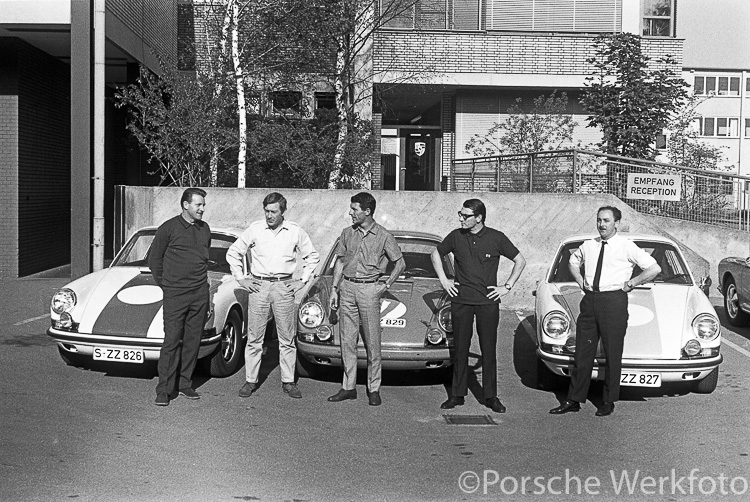
The 1967 race was dominated by Porsche. Vic Elford, Hans Hermann, and Jochen Neerpasch brought the race home. Vic had come close to winning in 1966, but the car had blown up with 12 hours left. The race itself was marred by a fatal crash, when endurance racing veteran Georges Berger ran off the road and crashed his Porsche about a day into the race.
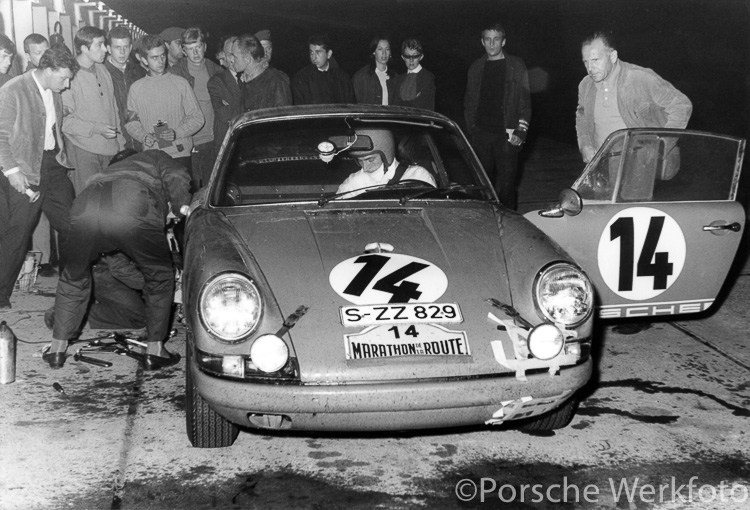
1968 saw a heated race, once again mostly dominated by Porsches. Once again, all of the Porsches’ major competitors had simply fallen off or had made major mistakes. Possibly the most interesting mistake was made by an MG C driven by Julien Vernaeve, Andrew Hedges and Tony Fall. During a late pit stop, they first overshot their stall, knocking over an official, then stopped to see what the problem was. It turned out to be blown brakes, and since cars could not reverse in the pit lane (they’d be disqualified if they did), had to do a lap before returning to the pits. The repairs lasted 18 minutes, costing them 17 laps.
The Porsche of Herbert Linge, Dieter Glemser and Willi Kauhsen won the race. They’d finished four laps ahead of their nearest opponent, but because they’d been docked four laps due to pit penalties, officially their margin of victory was less than a second.
Despite being a big road race, grids still weren’t picking up. 43 cars had started the 1967 race, and the 1968 race saw the same amount of starters. However things were about to change for 1969, 64 cars showing up for the race. For the 1969 race, a cavalry of Argentine IKA Torinos showed up, alongside a few Mercedes 220 Ds, which ran on diesel. These two cars ran in a special prototype class. In all, 21 different manufacturers were represented.
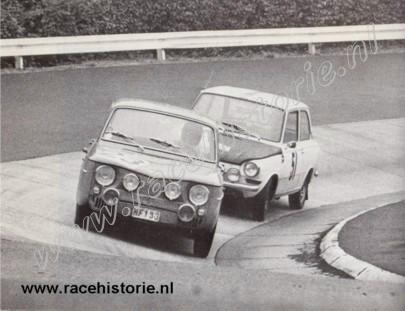
This iteration in particular was a little messy. The fastest two qualifiers, both Torinos, crashed out of the race, and Innes Ireland’s race ended with his Lancia Fulvia on its roof. The race, which was almost cancelled by local police due to one of the Torinos having a faulty exhaust, was eventually won by Harry Källström, Tony Fall, and Sergio Barbasio in a second Lancia Fulvia.
The 1970 race was extended slightly, to 86 hours, but the race itself was little different from how it had been. 64 cars showed up, however it was little contest after the first 24 hours. After their competition fell to the wayside, the Porsche 904 of Gérard Larrousse, Helmut Marko, and Claude Haldi led the whole way. Porsche had brought three 904s to the race, and they swept the top three. Their only real opponent was a works Rover that had dropped out after half a day.
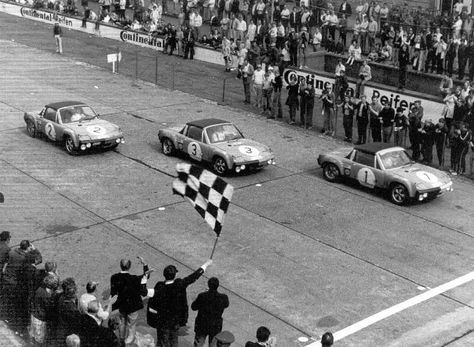
The 1971 race was the beginning of the end. Only 39 entries showed to the track, none of the big Porsches or other works teams among them. Due to this, and the race being extended to an amazing 96 hours, few spectators showed up. Jacques Henry, Jean-Luc Thérier, and Maurice Nusbaumer won the race in an Alpine A110. Absolutely nothing notable happened, and the race as it was was not repeated.
The event isn’t dead, however. It is still going today, using the old Liège – Rome – Liège name, as a historical tour. The revival event itself runs through Belgium and France, lasting four days, though not without breaks of course. It has been very successful, and captures the spirit of the old event – well, partially, because there will likely never be something as wild as when they ran at the Green Hell, and with that, the Marathon De La Route will likely remain a thing of the past.
Source:
https://liege-rome-liege.org/en/
Porsche Road and Race

